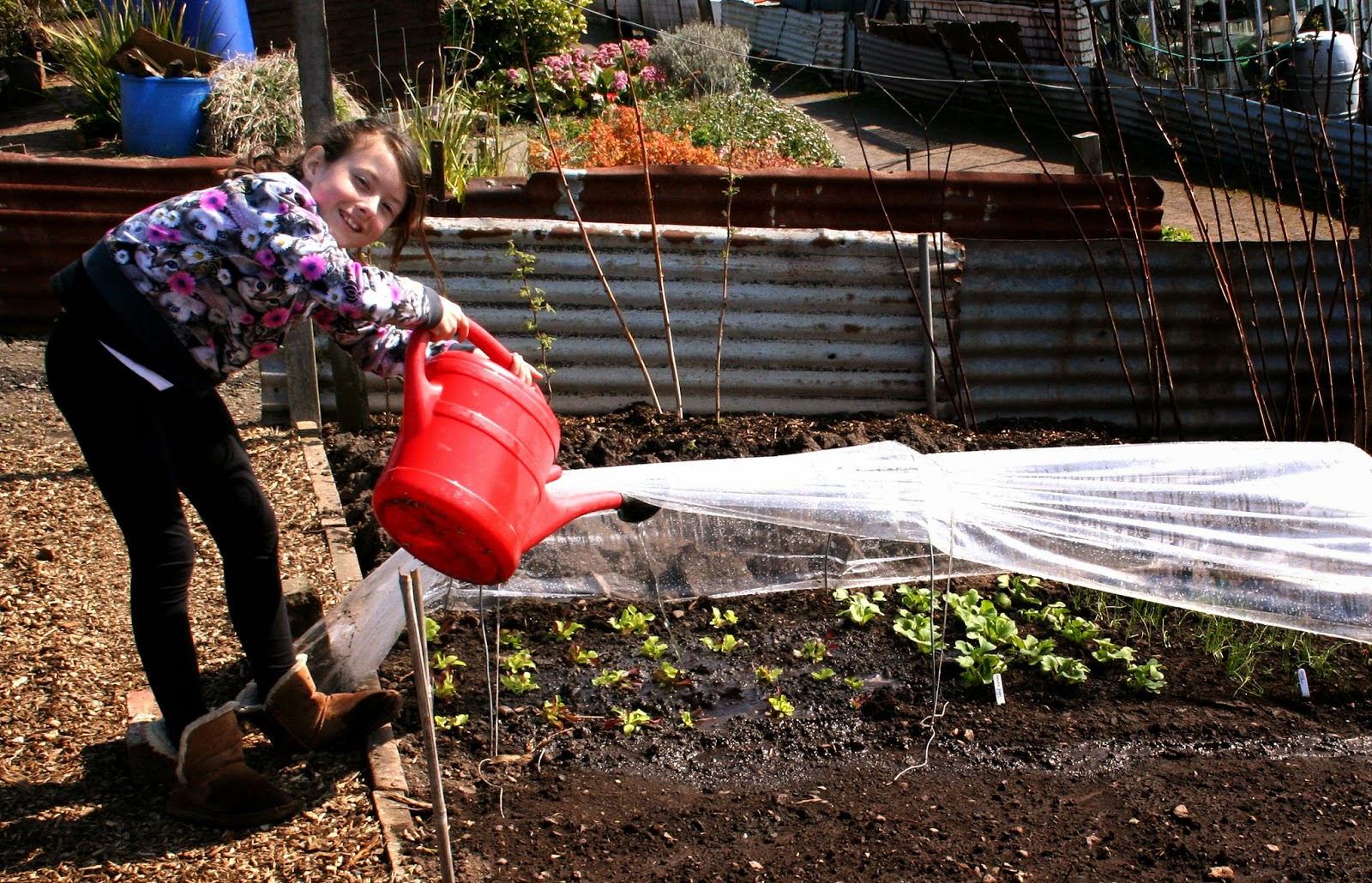SPRING FLOWERS
Early May is tulip
time, and this year our dry warm spring has brought numerous other plants into
flower. Our season is running at least two weeks behind normal as winter and
early spring have been remarkably cool, though dry. Bulbs, rock garden plants,
spring bedding plants and many spring flowering shrubs are now all competing
with each other for the best display of flowers.
Bulbs
Snowdrops and
aconites finished a long time ago and will soon be dying down so make sure you
save seeds and scatter them to increase the size of drifts.
 |
| Doronicum |
Anemone blanda is
still in flower but soon they will also produce seeds for establishing bigger
clumps. Daffodils, narcissi and tulips don’t spread from seeds so cut the seed
heads off after flowering to save the bulbs energy for growing bigger before summer
dormancy.
My earliest tulips
started to flower in March with Scarlet Baby accompanying a bright yellow
saxifrage. This lovely combination was also reflected a couple of weeks later
with tulip Monsella and Red Riding Hood planted amongst a drift of golden
herbaceous Doronicums. I intend to keep this theme going so next autumn there
will be a drift of tulip Scarlet Baby getting planted amongst a large drift of
blue pulmonaria.
Hyacinths have been
outstanding planted and naturalised amongst my herbaceous plants. Timing is
perfect as the hyacinths are in flower when herbaceous growth is only just
beginning, and then they die down as the taller plants need the space.
A bed of peonies
which will flower in early summer have now got an under planting of tall
oriental and highly scented lilies. They will flower in mid summer and being
quite tall will fit in with the peonies just fine.
 |
| Darwin Hybrid Tulips |
Ground cover
Aubretia, phlox,
doronicums and Japanese azaleas are now all at there best, and the spring
bedding of wallflower, pansies and polyanthus are giving us a fantastic spring
display. They are made all the more brilliant as this dry sunny weather has
been fantastic for tulips which are lasting longer than usual.
Shrubs and trees
Forsythia and kerria
have never looked better and now the scented viburnum carlesii and carlcephalum
are in flower, but the best shows of colour are seen in numerous azaleas, rhododendrons
and camellias. However for size and impact it is hard to beat magnolias,
especially varieties of Magnolia soulangiana. My garden is too small for this
one so I grow the smaller Magnolia stellata. Cherries are now stealing the show
as they have height as well as flowers. The upright form of cherry Prunus
Amanogawa is perfect for the small garden and the flowers are scented as well
as quite prolific.
 |
| Tulip Yokohama |
Even my fruiting
cherry Cherokee has given a great display. Other fruit trees such as pears,
apples and peaches have all had a great time flowering profusely. This could be
a great year for top fruit.
Wee jobs to do this week
Keep a check on
recently planted vegetables and flowers and water if weather turns dry. Any
plants such as salads or early strawberries under tunnels will need watering as
rain will not reach them under the polythene.
Gooseberry bushes
are prone to attacks from the sawfly maggots, but these are easily spotted and
removed, but if there is a heavy infestation removal can be a bit messy. Not
all gardening jobs are pure excitement. While on this topic it is worthwhile
keeping an eye out for cabbage white butterfly maggots, as these are even
bigger than the gooseberry sawfly, but removal just as essential.
END


































